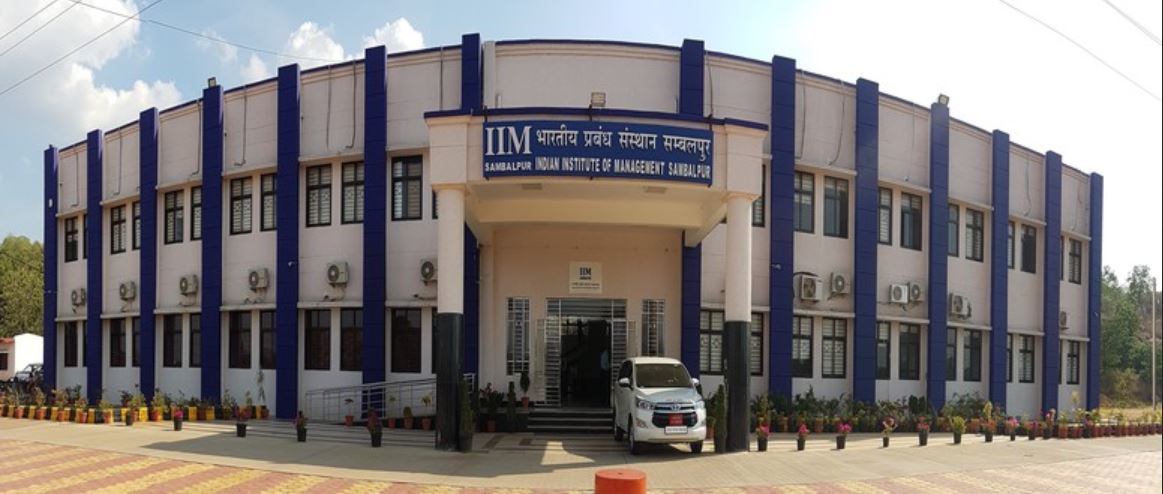Odisha told to prepare database on waste
The Centre has asked the state government to create a database on the generation of construction and demolition (C&D) waste in major cities. The compilation of data is imperative in view of the proposed constitution of guidelines for C&D waste management and reuse in the country.
Receiving a directive from the Union urban development department, the Odisha housing and urban development department has entrusted the municipal corporations of Bhubaneswar, Cuttack and Berhampur, and the municipalities of Puri, Sambalpur, Baripada, Balasore, Bhadrak, Rourkela and Balangir with the job.
“Apart from collecting data, the civic bodies will have to promote separation of C&D waste at source and establish institutional mechanism for the C&D waste collection,” said the letter, copy of which is with TOI. “Adopt environment-friendly technologies for recycling of C&D waste,” the letter said. The state has been asked to furnish its suggestion and status report of compliance to the recommendations by the end of this month.
Sources said the construction industry in India generates around 10-12 million tonne C&D waste annually, while the state does not have any specific data about its generation. Going by the common practice, the construction rubbles are either dumped in low lying areas or on the roadsides.
“At present, C&D waste is not properly recycled or reused in an organized manner. It often gets mixed with general waste due to lack of segregated storage and collection facilities,” the letter said, adding, “C&D waste has potential use after processing. Recycling and reuse of the waste is being incorporated in the schedule of rates. The Bureau of Indian Standard has been requested to prepare necessary codes and specifications for the use of the recycled aggregates.”
Bhubaneswar mayor A N Jena said he would examine the recommendations and comply to them. “We will soon develop a mechanism to segregate C&D waste. At present, we are taking action against buildings for dumping construction materials like sand, bricks, stone chips, bamboos and iron rods on road.”
The BMC has power under sections 343 and 344 of the Orissa Municipal Corporation (OMC) Act, 2003, to punish road encroachers and impose fine on them.
Under section 344 of the OMC Act, the BMC commissioner has the power to impose fine of Rs 300 for a tractor load of materials and Rs 500 for a truck load recovered from any violator.
The construction industry in the country generates around 10-12 million tonne C&D waste annually. Going by the common practice, the rubbles are either dumped in low lying areas or on the roadsides






 IIM Sambalpur
IIM Sambalpur
Leave a Reply